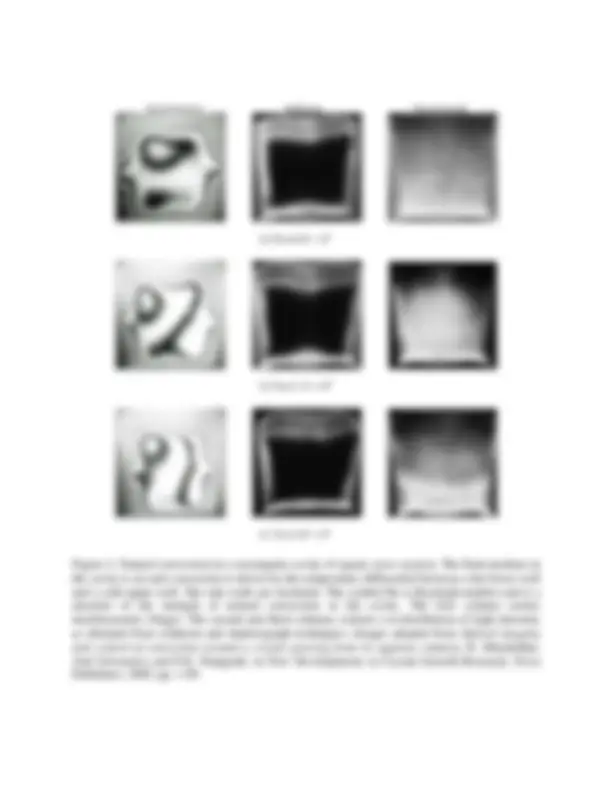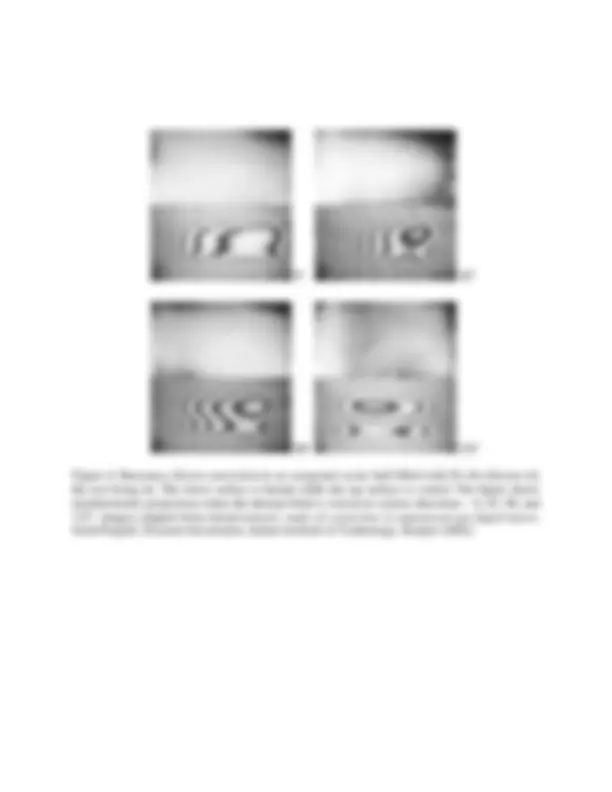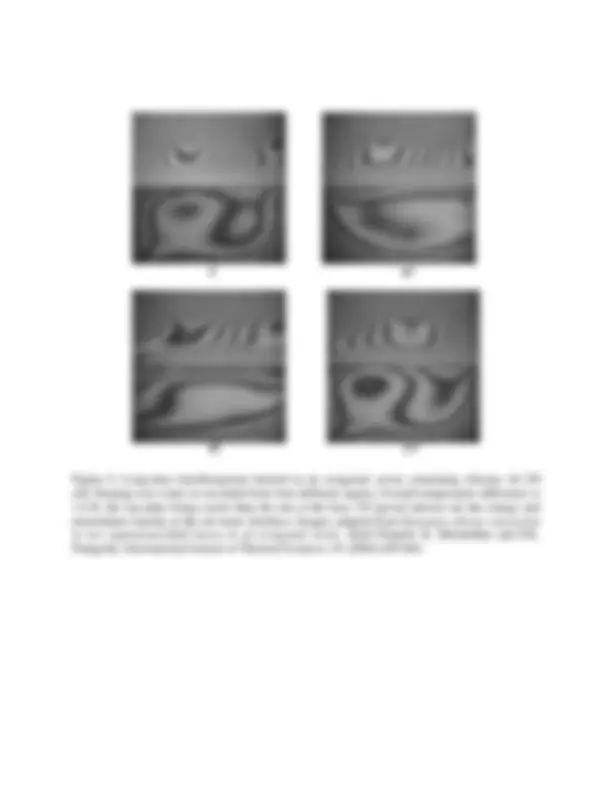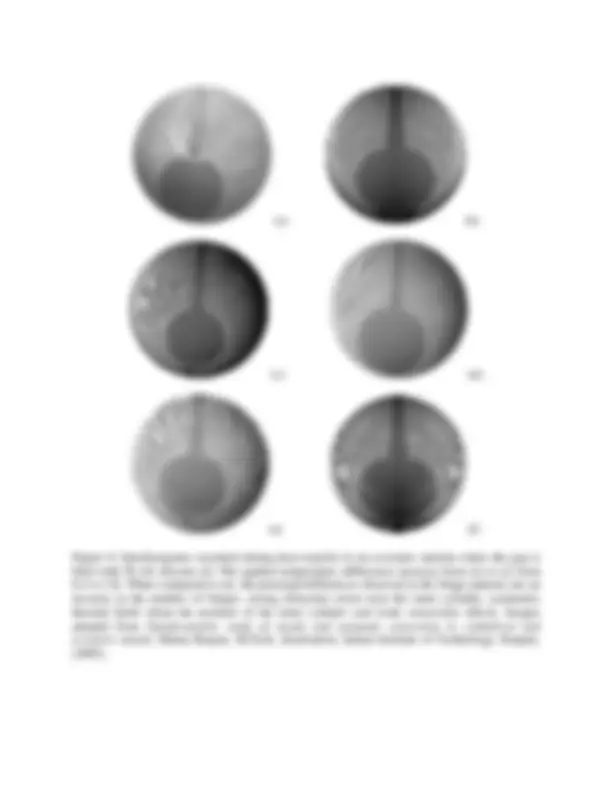






Study with the several resources on Docsity

Earn points by helping other students or get them with a premium plan


Prepare for your exams
Study with the several resources on Docsity

Earn points to download
Earn points by helping other students or get them with a premium plan
Community
Ask the community for help and clear up your study doubts
Discover the best universities in your country according to Docsity users
Free resources
Download our free guides on studying techniques, anxiety management strategies, and thesis advice from Docsity tutors
An overview of research on thermal convection conducted at the indian institute of technology, kanpur, as evidenced by figures from various dissertations and journal articles. The research focuses on heat conduction, sugar dissolution, natural convection, buoyancy-driven convection, and heat transfer in eccentric annuli, using interferometric techniques. The figures illustrate thermal fields, concentration changes, and flow patterns in different geometries and fluids.
Typology: Study notes
1 / 8

This page cannot be seen from the preview
Don't miss anything!





0 min 5 min 10 min
15 min 20 min 30 min
40 min 50 min 60 min
Figure 1: Heat conduction in a differentially heated layer of water with the top surface maintained at 23o^ C and the lower surface at 18 o^ C. The thermal field is images using a Mach- Zehnder interferometer in the infinite fringe setting. Images adapted from M.Tech. dissertation of Vishnu Singh, Indian Institute of Technology, Kanpur (2009).
0 min 2 min 8 min 12 min
20 min 30 min 40 min 50 min
1 hr 1 hr 15min 1 hr 30 min 2 hr
Figure 2: A layer of sugar applied at the base slowly dissolves in water. The concentration of sugar in water changes with time. It is accompanied by the appearance of interferometric fringes. Images adapted from doctoral dissertation of Susheel Bhandari, Indian Institute of Technology, Kanpur (2009).
Figure 4: Buoyancy driven convection in an octagonal cavity half-filled with 50 cSt silicone oil, the rest being air. The lower surface is heated while the top surface is cooled. The figure shows interferometric projections when the thermal field is viewed in various directions – 0, 45, 90, and 135 o^. Images adapted from^ Interferometric study of convection in superposed gas-liquid layers, Sunil Punjabi, Doctoral dissertation, Indian Institute of Technology, Kanpur (2002).
Figure 5: Long-time interferograms formed in an octagonal cavity containing silicone oil ( cSt) floating over water as recorded from four different angles; Overall temperature difference is 1.8 K, the top plate being cooler than the one at the base. Of special interest are the energy and momentum transfer at the oil-water interface. Images adapted from Buoyancy-driven convection in two superposed fluid layers in an octagonal cavity, Sunil Punjabi, K. Muralidhar and P.K. Panigrahi, International Journal of Thermal Sciences, 43 (2004) 849-864.
Figure 7: Interferograms recorded in an eccentric annulus with the gap filled with air. The inner cylinder is heated while the outer cylinder is cooled. The images show a time sequence of interferograms from the initial infinite fringe setting all the way till steady state is reached. Images adapted from Interferometric study of steady and unsteady convection in cylindrical and eccentric annuli, Manoj Ranjan, M.Tech. dissertation, Indian Institute of Technology, Kanpur, (2005).
(a) (b)
(c) (d)
(e) (f)
Figure 8: Interferograms recorded during heat transfer in an eccentric annulus when the gap is filed with 50 cSt silicone oil. The applied temperature differences increase from (a) to (e) from 0.2 to 2 K. When compared to air, the principal differences observed in the fringe patterns are an increase in the number of fringes, strong refraction errors near the inner cylinder, symmetric thermal fields about the position of the inner cylinder and weak convection effects. Images adapted from Interferometric study of steady and unsteady convection in cylindrical and eccentric annuli, Manoj Ranjan, M.Tech. dissertation, Indian Institute of Technology, Kanpur, (2005).